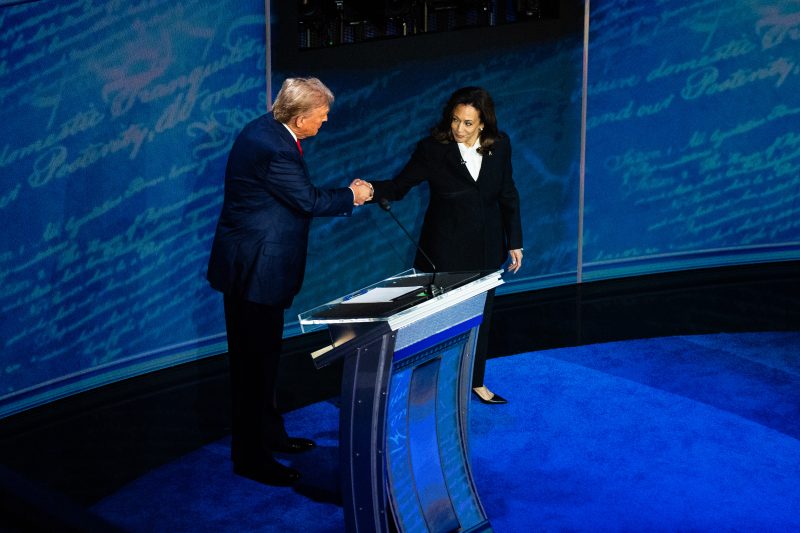In a highly polarized political landscape, the phenomenon of hardly anyone disliking both candidates has become increasingly prevalent in recent election cycles. This shift can be attributed to a combination of factors that shape the attitudes and preferences of voters. The lack of strong dislike for both candidates represents a significant departure from the past, where negative sentiment towards politicians often played a more prominent role in shaping electoral outcomes.
One key factor contributing to the diminishing dislike for both candidates is the rise of social media and digital communication platforms. These technologies have revolutionized the way political campaigns engage with voters, allowing candidates to craft more personalized and targeted messages that resonate with specific audiences. As a result, voters are more likely to find common ground with one candidate or the other, reducing the likelihood of holding negative views towards both options.
Moreover, the increasing diversification of political ideologies and viewpoints has led to a broader spectrum of candidates representing a wider range of perspectives. This diversity allows voters to align themselves with candidates who closely mirror their beliefs and values, making it less common for individuals to strongly dislike both candidates across the board.
Furthermore, the changing dynamics of political discourse have contributed to a shift in how voters perceive political candidates. Negative campaigning and attack ads, once a common strategy employed by candidates to discredit their opponents, have been met with growing skepticism and fatigue from the electorate. This shift has prompted candidates to focus more on promoting their own policies and platforms, rather than tearing down their opponents, fostering a more positive and inclusive political environment.
In conclusion, the trend of hardly anyone disliking both candidates reflects a changing political landscape shaped by technological advancements, increased ideological diversity, and evolving campaign strategies. As voters continue to seek out candidates who align with their values and beliefs, the age-old practice of disliking both options may become increasingly rare, paving the way for a more constructive and engaging political discourse.




























